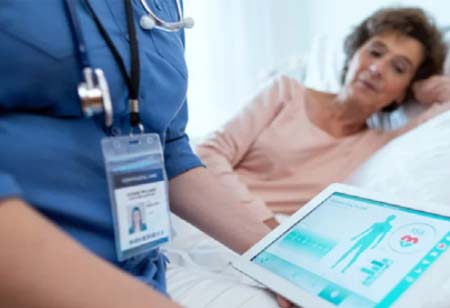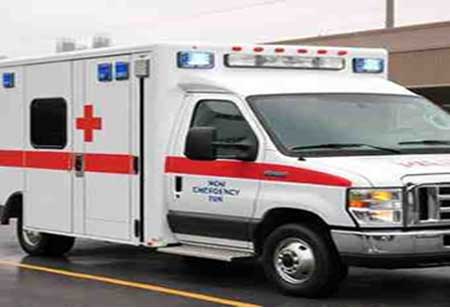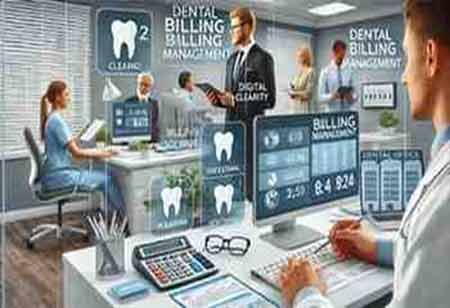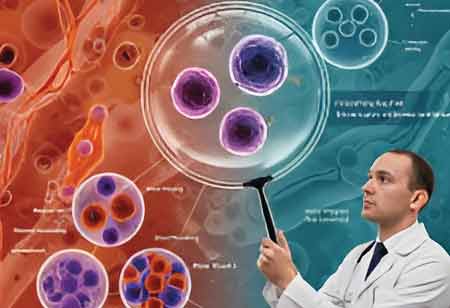Thank you for Subscribing to Healthcare Business Review Weekly Brief
Be first to read the latest tech news, Industry Leader's Insights, and CIO interviews of medium and large enterprises exclusively from Healthcare Business Review
Remote Monitoring: Empowering Patients with Chronic Diseases
Chronic diseases, including diabetes and cardiovascular conditions, significantly affect the lives of millions.

By
Healthcare Business Review | Thursday, January 09, 2025
Stay ahead of the industry with exclusive feature stories on the top companies, expert insights and the latest news delivered straight to your inbox. Subscribe today.
Remote Monitoring Technologies Can Improve Healthcare By Collecting Vital Health Data, Reducing Hospital Visits, And Enhancing Patient Satisfaction, But Ethical Considerations Like Informed Consent And Privacy Must Be Considered.
Chronic diseases, including diabetes and cardiovascular conditions, significantly affect the lives of millions. Traditional healthcare models often require frequent hospital visits, leading to inconvenience, stress, and potentially increased patient costs. In this context, remote monitoring technologies have emerged as a promising solution, transforming the management of chronic diseases.
Remote monitoring systems typically employ wearable devices, such as smartwatches or continuous glucose monitors (CGMs), to collect vital health data. This information is transmitted to a secure cloud platform, where healthcare providers can access it. Additionally, patients can utilize mobile applications to monitor their progress and communicate with their care teams.
Key Benefits Of Remote Monitoring For Chronic Diseases
Remote monitoring for chronic diseases facilitates improved continuous care through real-time data collection, allowing healthcare providers to monitor patients’ health statuses closely. This capability enables early detection of concerning changes and supports proactive interventions, significantly reducing the risk of complications. Additionally, remote monitoring allows for personalized treatment plans tailored to individual patient data, ultimately leading to better health outcomes.
Moreover, remote monitoring reduces hospital visits by enabling healthcare providers to manage many patient issues without necessitating in-person appointments. This approach fosters preventative care—identifying and addressing potential health problems before they escalate—and enhances cost-effectiveness by minimizing hospital-related expenses for patients and the healthcare system.
Remote monitoring also boosts patient satisfaction. It offers the convenience of managing health from home, empowering patients to take control of their well-being with access to real-time data and progress-tracking tools. Consequently, this reduces the burden of chronic disease management and enhances patients’ overall quality of life.
Recent developments underscore the growing significance of remote monitoring in healthcare. Integrating remote monitoring data with electronic health records (EHRs) provides a comprehensive view of patients’ health. At the same time, advancements in wearable technology offer an increasingly sophisticated range of health monitoring capabilities. Data analytics and artificial intelligence (AI) further enhance this landscape, with AI-powered algorithms analyzing remote monitoring data to enable more accurate predictions and personalized interventions.
Remote monitoring systems are transforming chronic disease management by enhancing patient care through technology. In diabetes management, devices such as Continuous Glucose Monitors (CGMs) continuously track blood sugar levels, offering real-time data that enables patients to make timely insulin adjustments. Insulin pumps can be programmed to automatically deliver insulin based on CGM readings, streamlining diabetes management further. For heart failure patients, cardiac resynchronization therapy (CRT) devices allow healthcare providers to monitor performance remotely and adjust settings as necessary.
The impact of remote monitoring on healthcare systems is significant. It can reduce costs by minimizing hospitalizations and emergency room visits while improving operational efficiency through automated data collection and analysis. Furthermore, remote monitoring facilitates enhanced population health management by monitoring large groups, which can lead to early identification of health trends and outbreaks.






